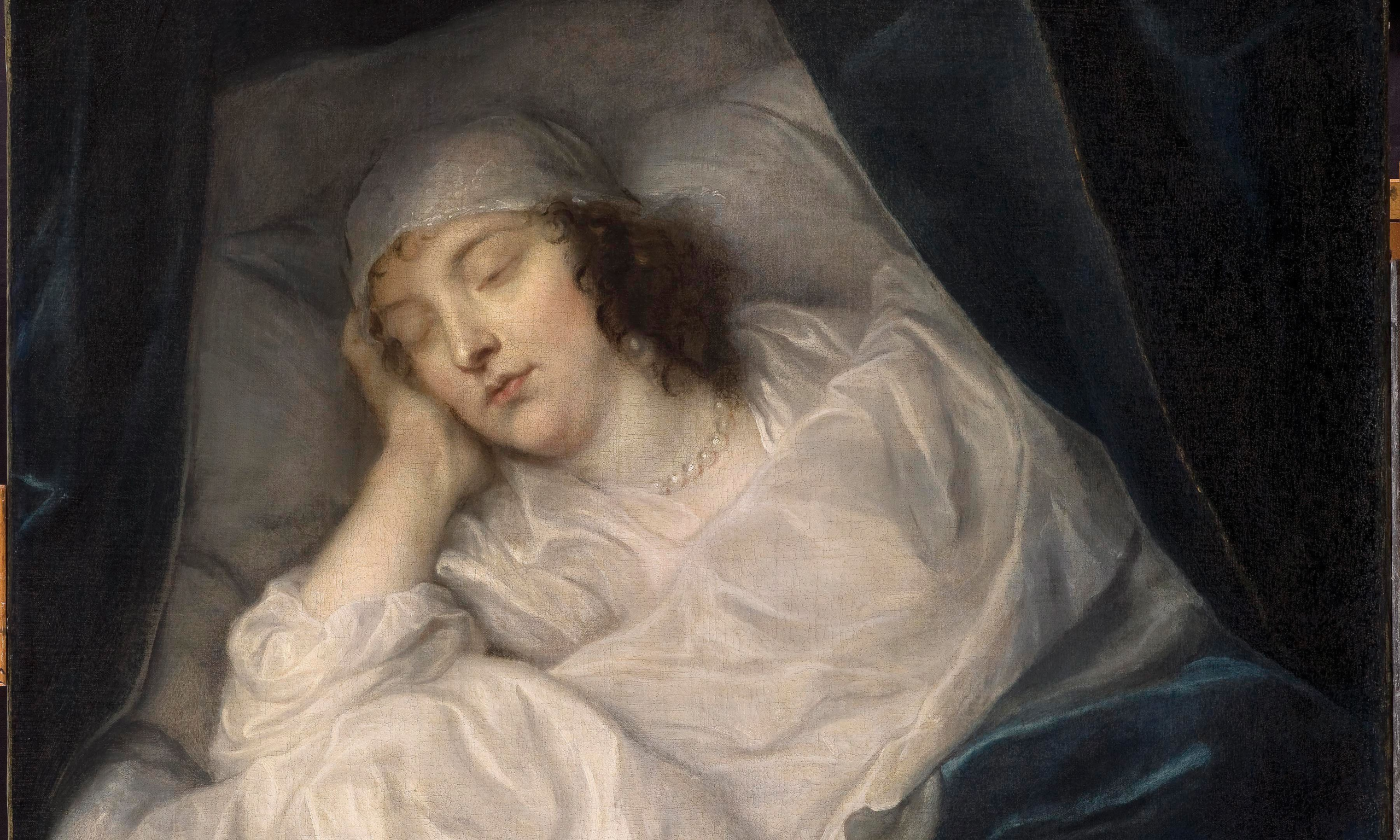Anthony van Dyck’s Venetia, Lady Digby, on her Deathbed (1633) Photo: Matthew Hollow Photography
The Art Newspaper’s Book Club shines a light on art books in their myriad forms and brings you exclusive extracts, interviews and recommendations from leading art world figures. Sign up to our monthly newsletter
A new publication from the Dulwich Picture Gallery, titled Unlocking Paintings, takes readers on a potted journey through the London museum’s collection, revealing the secrets of its works and providing background information to better understand them. The book’s authors, the museum’s curator Helen Hillyard and its director Jennifer Scott, write that they hope the publication provides “ways of unlocking the essential meaning and context of art”.
The book is divided into six thematic sections, from love and loss to stillness and action, and dissects masterpieces by the likes of Raphael, Rembrandt and Rubens. In this exclusive extract, the authors recount the story behind Anthony van Dyck’s Venetia, Lady Digby, on her Deathbed (1633).
This woman is apparently about to fall asleep. She is prepared for night-time, tucked under the covers, wearing her nightcap and gown, the curtains surrounding her bed about to be closed. She is depicted in a moment of transition, moving from a state of soft drowsiness to the deepest of slumbers. Her left eye is not yet fully shut.
To paint someone in their bed chamber was a highly intimate act. And yet, when the artist Anthony van Dyck went to Venetia Digby’s bedside to paint her, she was not sleeping. Lady Digby was famed as a great beauty of the Stuart court and, before her marriage, was often the subject of gossip regarding her relationships and affairs. When she died unexpectedly in her sleep, during the night of 30 April 1633, her husband, Sir Kenelm Digby, was so distraught that he summoned Van Dyck immediately to come to his house to paint her.
Sir Kenelm later wrote that this painting was:
the Master peece of all the excellent ones that ever Sir Anthony Vandike made, who drew her the second day after she was dead; and hath expressed with admirable art every circumstance about her, as well as the exact manner of her lying, as for the likenesse of her face; and hath altered or added nothing about it, excepting onely a rose lying upon the hemme of the sheete, whose leaves being pulled from the stalke in the full beauty of it, and seeming to wither apace, even whiles you looke upon it, is a fitt Embleme to express the state her bodie then was in.
Afterwards, Kenelm Digby kept Van Dyck’s portrait by his bedside as a memory of his wife. Although the mortality rate was higher in the 17th century, and people were perhaps more comfortable living life in the presence of death, pictures like this make it clear that individuals felt loss and bereavement just as deeply as we do today.
• Helen Hillyard and Jennifer Scott, Unlocking Paintings: A Guide to Historic Art, Dulwich Picture Gallery, 224pp, £17.95 (pb)
Sign up to our monthly Book Club newsletter and follow us on social media using #TANbookclub

